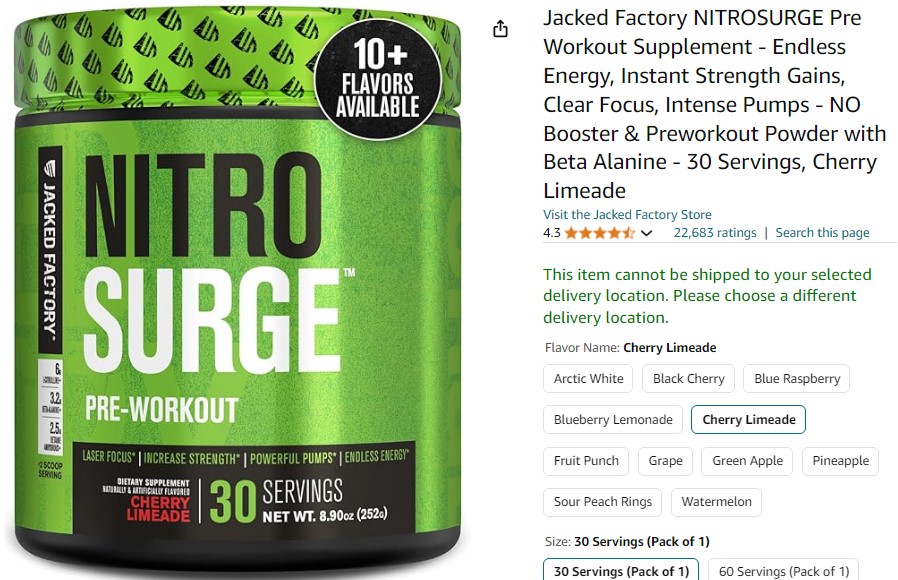Losing weight can be a challenging journey, but with the right approach, it can also be a rewarding one. Whether you’re aiming to shed a few pounds or make a significant lifestyle change, understanding the basics of effective weight loss is crucial.
Let’s break down what you need to know about trimming down and achieving your health goals.
Understanding Weight Loss
Before diving into strategies, it’s important to grasp what weight loss actually involves.
At its core, weight loss is about creating a calorie deficit, meaning you consume fewer calories than you burn. This deficit forces your body to use stored fat for energy, resulting in weight loss over time.
However, it’s not just about cutting calories. It’s also about ensuring that the calories you do consume are nutritious and that you’re supporting your body’s needs in a balanced way.
Setting Realistic Goals
One of the first steps in any weight loss journey is setting realistic and achievable goals. Aim for gradual weight loss—about 1 to 2 pounds per week. Rapid weight loss can be unsustainable and might lead to health issues.
Start with a clear, specific goal and break it down into smaller milestones. For example, if your goal is to lose 20 pounds, aim to lose 5 pounds at a time. Celebrating these smaller victories can keep you motivated and on track.
Do you know 93% of successful bodybuilders consume protein shakes? Besides, can you ignore 65,000+ Amazon ratings?

Click here to browse Highest Rated Weight Loss Protein Shake.
Crafting a Balanced Diet
A healthy diet is a cornerstone of effective weight loss. Rather than opting for restrictive diets or extreme calorie cuts, focus on making balanced, sustainable changes to your eating habits.
1. Eat More Whole Foods
Prioritize whole foods like fruits, vegetables, lean proteins, and whole grains. These foods are not only nutrient-dense but also help keep you full and satisfied.
For example, instead of snacking on chips, try some apple slices with a bit of almond butter.
2. Portion Control
Be mindful of portion sizes. Even healthy foods can contribute to weight gain if consumed in large amounts. Using smaller plates and bowls can help you control portions and prevent overeating.
3. Stay Hydrated
Sometimes, thirst can be mistaken for hunger. Drinking plenty of water throughout the day can help manage appetite and support overall health. Aim for at least 8 cups of water daily, and more if you’re physically active.
Incorporating Physical Activity
Exercise plays a crucial role in weight loss by helping to burn calories and build muscle. Finding an activity you enjoy can make it easier to stick with a regular routine.
1. Cardiovascular Exercise
Activities like walking, running, cycling, and swimming are excellent for burning calories and improving cardiovascular health. Aim for at least 150 minutes of moderate-intensity cardio per week.
2. Strength Training
Building muscle through strength training exercises such as weightlifting or bodyweight exercises can increase your resting metabolic rate.
This means you’ll burn more calories even when you’re not exercising.
3. Consistency is Key
Consistency is more important than intensity. Regular exercise, even if it’s moderate, is more beneficial than occasional intense workouts. Find a routine that fits your lifestyle and stick with it.
Managing Stress and Sleep
Both stress and lack of sleep can hinder your weight loss efforts. High stress levels can lead to emotional eating, while poor sleep can disrupt hormones that regulate hunger and metabolism.
1. Stress Management
Incorporate stress-reducing activities into your routine, such as meditation, yoga, or deep-breathing exercises.
Managing stress effectively can prevent emotional eating and support your overall well-being.
2. Quality Sleep
Aim for 7-9 hours of quality sleep each night. Good sleep hygiene practices, like maintaining a consistent sleep schedule and creating a relaxing bedtime routine, can improve your sleep quality and support weight loss.
Based on our survey, 76.4% of people successfully lose weight by consuming this pre-workout. Besides, you shouldn’t ignore 22,000+ positive Amazon ratings.

Click here to place your order!
Seeking Support and Staying Motivated
Staying motivated throughout your weight loss journey can be challenging, but having a support system can make a big difference.
Consider joining a weight loss group, finding a workout buddy, or seeking guidance from a nutritionist or personal trainer.
1. Accountability Partners
Share your goals with friends or family who can offer encouragement and hold you accountable. Their support can provide motivation and help you stay on track.
2. Celebrate Progress
Acknowledge and celebrate your achievements, no matter how small. Tracking your progress and rewarding yourself in non-food ways—like enjoying a new workout outfit or a relaxing spa day—can keep you motivated.
Embracing a Healthy Lifestyle
Effective weight loss is about more than just shedding pounds; it’s about adopting a healthier lifestyle that you can maintain in the long term. Focus on making gradual, sustainable changes to your eating habits, physical activity, and overall well-being.
By setting realistic goals, eating a balanced diet, staying active, managing stress, and seeking support, you can trim down effectively and embrace a healthier version of yourself.
Remember, the journey to weight loss is unique for everyone, so find what works best for you and stay committed to your health and wellness goals.
